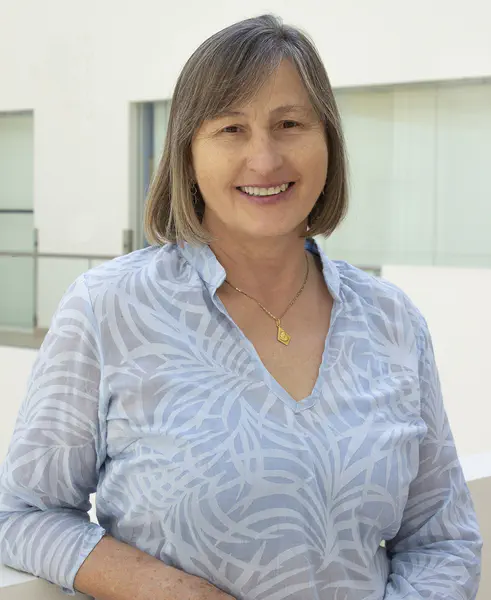Shedding light on complex power systems

Since the earliest days of streetcars and public utilities, electric power systems have had a fairly standard structure: for a given area, a few large generation plants produce and distribute electricity to customers. It is a one-directional structure, with the energy plants being the only source of power for many end users.
Today, however, electricity can be generated from many and varied sources — and move through the system in multiple directions. An electric power system may include stands of huge turbines capturing wild ocean winds, for instance. There might be solar farms of a hundred megawatts or more, or houses with solar panels on their roofs that some days make more electricity than occupants need, some days much less. And there are electric cars, their batteries hoarding stored energy overnight. Users may draw electricity from one source or another, or feed it back into the system, all at the same time. Add to that the trend toward open electricity markets, where end users like households can pick and choose the electricity services they buy depending on their needs. How should systems operators integrate all these while keeping the grid stable and ensuring power gets to where it is needed?
To explore this question, Ilic has developed a new way to model complex power systems.
Electric power systems, even traditional ones, are complex and heterogeneous to begin with. They cover wide geographical areas and have legal and political barriers to contend with, such as state borders and energy policies. In addition, all electric power systems have inherent physical limitations. For instance, power does not flow in a set path in an electric grid, but rather along all possible paths connecting supply to demand. To maintain grid stability and quality of service, then, the system must control for the impact of interconnections: a change in supply and demand at one point in a system changes supply and demand for the other points in the system. This means there is much more complexity to manage as new sources of energy (more interconnections) with sometimes unpredictable supply (such as wind or solar power) come into play. Ultimately, however, to maintain stability and quality of service, and to balance supply and demand within the system, it comes down to a relatively simple concept: the power consumed and the rate at which it is consumed (plus whatever is lost along the way), must always equal the power produced and the rate at which it is produced.